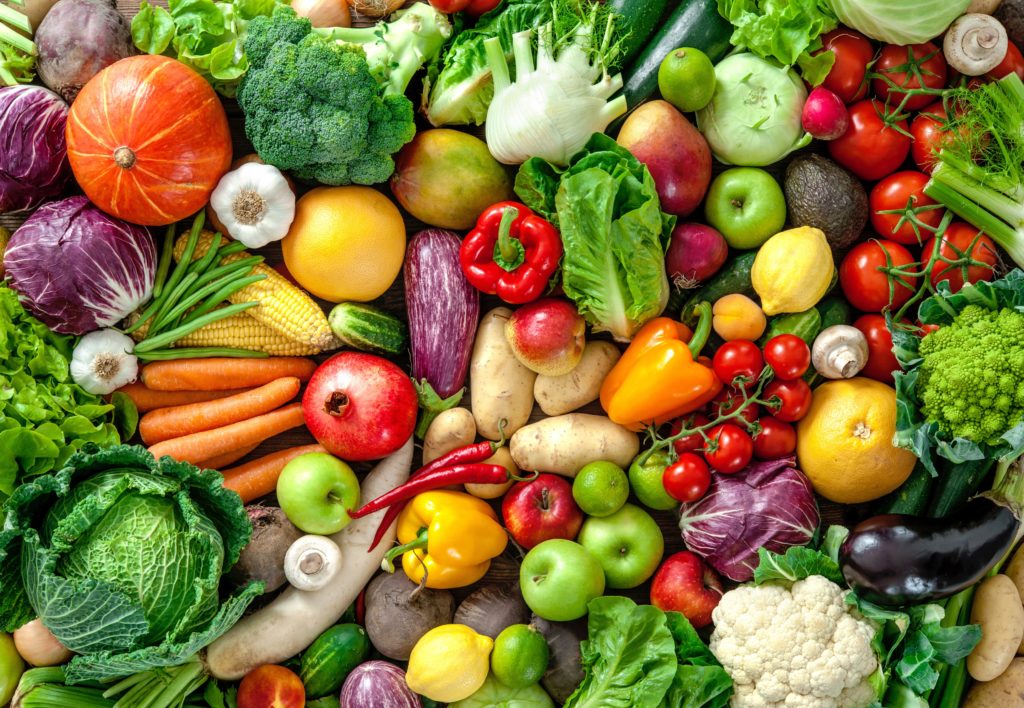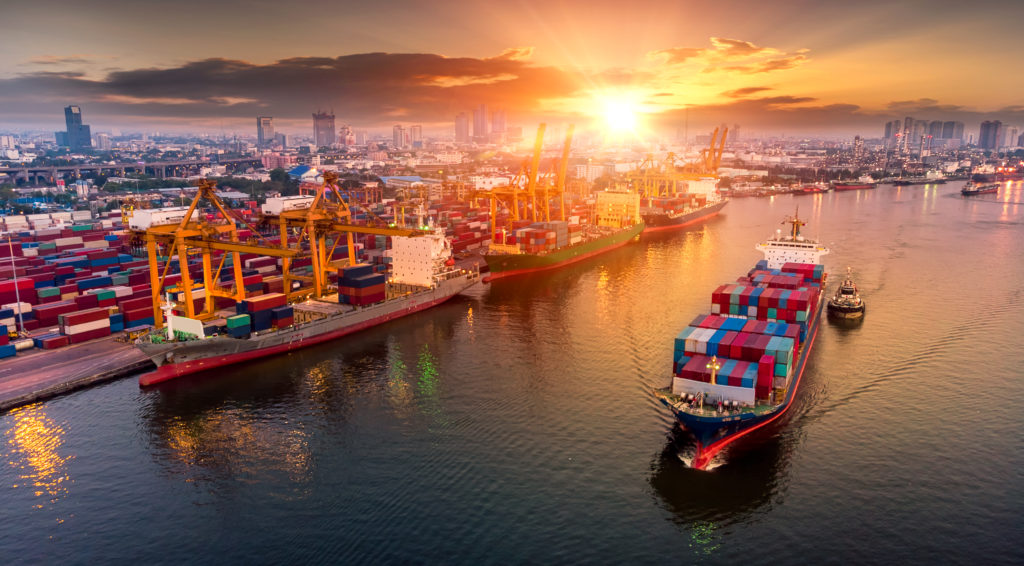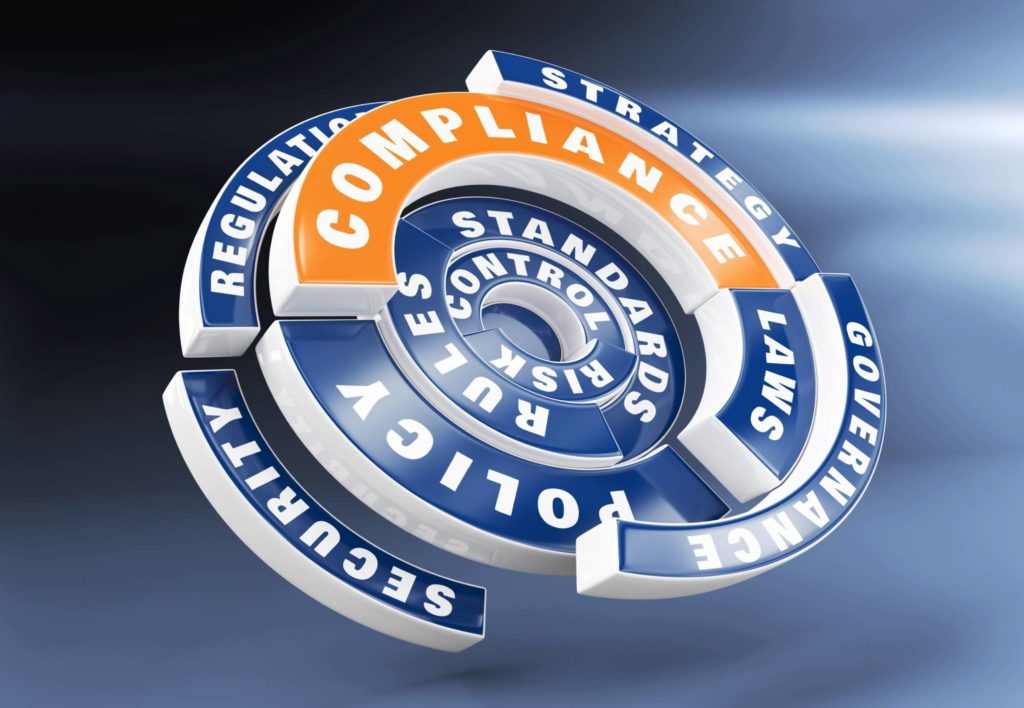Customs Ruling Country of Origin
Customs Ruling – Country of Origin
Country of Origin – Assembled Goods
Country of origin of a hydro-turbine assembly where the final assembly does not effect a substantial transformation
The product under consideration is a runner assembly (runner), which is a part of a Francis type hydro-turbine. The runner assembly consists of band, crown, cone, and blades. The rough machined runner castings sub components will be sourced from a Chinese foundry, where they are welded and roughly machined, and then imported into Canada (in the first scenario) or Japan (in the second scenario) for further processing and manufacturing, which includes inspection, final machining, and balancing. What is the country of origin of the hydro-turbine in the first and second scenario? Read more
Country of Origin – Chemical and Pharmaceutical Products
Tablet in Dosage Form
The pharmaceutical product under consideration is Albendazole imported in 200 mg tablets. The active pharmaceutical ingredient (API), Albendazole, is manufactured in Mexico and the finished tablets in dosage form are made in India. In India, the Albendazole is mixed with various inactive ingredients to produce the final tablets in dosage form.
What is the country of origin of the tablet? Read more…
Country of Origin – Food Products
Country of Origin of Frozen Precooked Tuna Loins
The food product under consideration is “Frozen Precooked Tuna Loins.” Albacore tuna (Thunnus alalunga) is caught in Thailand from which the head, tail, fins, skin and guts will be removed. The fish is precooked by steaming, processed into loins then vacuum-sealed in bags with a net weight of 6.8 kilogram and frozen. The finished product was initially exported to the United States; however, it has been exported to Ecuador where the product was defrosted then repackaged into retort pouches with a net weight of 2.6 ounces and frozen. The “Frozen Precooked Tuna Loins” will be imported to the United States for retail sale to supermarkets. What is the contry of origin of “Frozen Precooked Tuna Loins”? Read more…
In-Depth Coverage: Importing Food Products
- What is FDA Food Safety Modernization Act (FSMA)?
- Prior Notice of Imported Foods
- FDA Food Facility Registration
- Risk-Based Preventive Controls for Human Food
- Risk-Based Preventive Control for Animal Food
- Protect Food against Intentional Adulteration
- What is Foreign Supplier Verification Program (FSVP)?
- What is FSMA Produce Safety Rule?
In-Depth Coverage: USDA-Regulated Products
- Importing USDA-Regulated Food Products
- Import Regulation by USDA Agricultural Marketing Service (AMS)
- Food Products – FDA or USDA Regulated
- Country of Origin Labeling
- Importing Animals, Animal Products, and Biologics into the US
- Importing Meat, Poultry, and Egg Products into the US
- Labeling and Marking of Imported Meat, Poultry, and Egg Products
- USDA National Organic Program (NOP)
- Agricultural Safeguards and USDA Licensing
In-Depth Coverage: Customs Valuation
In-Depth Coverage: Trade Remedies
Country of Origin under the United States – Korea Free Trade Agreement UKFTA
Country of origin and status under the United States – Korea Free Trade Agreement (UKFTA) of Frozen Tuna Loins
The product under consideration is “Frozen Tuna Loins“ imported from Korea. Originally, the tuna is caught by a Chinese-flag vessel in Chinese ocean waters. Onboard the vessel, the heads, tails, gills and guts will be removed from the fish, which will then be frozen and exported to Korea. In Korea, fish will be processed into loins, frozen, vacuum packed individually and then exported to the United States. What is the country of origin of the “Frozen Tuna Loins“? Are the imported “Frozen Tuna Loins“ are eligible for preferential tariff treatment under the United States – Korea Free Trade Agreement (UKFTA)? Read more…
Preferential Tariff Treatment under NAFTA and Applicability of Section 301 Trade Remedy
The product under consideration is described as a brushed electric motor which is intended to be used with electric door locks. The product consisted of three components: the stator or rear housing, the rotor or armature assembly, and the end cap assembly.
All three components are classified under heading 8503, HTSUS, which provides for “[p]arts suitable for use solely or principally with the machines of heading 8501 or 8502.”
The components of Chinese origin are imported into Mexico, and assembled into a finished product.
What is the country of origin of the electric motors imported from Mexico for purposes of marking and for purposes of application of the 2018 Section 301 trade remedy for goods under subheading 9903.88.01, HTSUS? Read more…
Substantial Transformation Test of Country of Assembly Test
The U.S. Court of Appeals for the Federal Circuit (the Court) provides a new legal ground concerning the determination of country of origin for U.S. Customs and Border Protection (CBP) purposes.
On March 12, 2019, the Court issued a decision affirming the findings of the Court of International Trade (CIT) that the U.S. Department of Commerce (Commerce) had provided a sufficient explanation for not using the substantial transformation standard to determine the country of origin of solar panels and cells imported from China.
Instead, the Commerce applied a country of assembly test for the products that were subject to countervailing and antidumping duty orders and the CIT affirmed Commerce’s decision. Read more…
In-Depth Coverage: Country of Origin
- Country of Origin of Imported Merchandise
- Customs Ruling: Country of Origin
- Country of Origin: Food Products
- Country of Origin: Chemical and Pharmaceutical Products
- Country of Origin & Country of Manufacture: CBP vs. FDA
- Country of Origin: Substantial Transformation or Country of Assembly Test
- Country of Origin and Free Trade Agreement
- Country of Origin and Section 301
In-Depth Coverage: Cosmetics Import Requirements
Customs Clearance and Import Requirements
- Entry of Imported Merchandise
- What is Section 321 Entry?
- What is Automated Commercial Environment (ACE)
- What is an Automated Broker Interface (ABI)?
- Who is Ultimate Consignee?
- What is Non-Resident Importer Program?
- Country of Origin of Imported Merchandise
- What is the Country of Assembly?
- What is the FDA's Country of Manufacture?
- Marking of Country of Origin on U.S. Imports
- What is Customs Bond?
- Reconciliation Prototype and Bond Rider
- Who Needs a Customs Broker?
- What is Customs Ruling Program?
- Classification of Imported Goods
- How is Imported Merchandise Appraised?
- What are Import Quotas?
- What are Trade Remedy Duties?
- Antidumping Duty (AD) and Countervailing Duty (CVD)
- What is Foreign Trade Zone (FTZ)?
- What is Importer Security Filing (ISF)?
- What is Temporary Importation under Bond (TIB)
- What is In-Bond Process?
Quick Link To U.S. Customs & Import Requirements
In-Depth Coverage: Marketing and Advertising Compliance
- Federal Trade Commission (FTC) Advertising Rules
- Made in USA Standard
- FTC Regulation on Environmental Claims
- Adverting and Marketing on the Internet
- Label Claims for Conventional Foods and Dietary Supplements
- Dietary Supplement Advertising: What is FTC's Truth-in-Advertising Law?
- USDA Country of Origin Labeling (COOL)
- FTC Rules & Regulations on Food Advertisement
FDA-Regulated Products and Import Requirements
- What is Food Safety Modernization Act (FSMA)?
- Prior Notice of Imported Foods
- Food Facility Registration
- Risk-Based Preventive Controls for Human Food
- Risk-Based Preventive Control for Animal Food
- Standards for the Growing, Harvesting, Packing, and Holding of Produce for Human Consumption
- What is Foreign Supplier Verification Program (FSVP)?
- Protect Food against Intentional Adulteration
- FDA Regulated Product in Foreign Trade Zone (FTZ)
- Entry Review Process for FDA Regulated Products
- Country of Origin VS Country of Manufacture
- Foods Regulated by FDA or USDA: What is the Difference?
- Label and Labeling Claims for Conventional Food and Dietary Supplements
- What is USDA Country of Origin Labeling (COOL)?
- Import for Export of FDA Regulated Products
- FDA Regulated Products in Personal Baggage or Sending by Mail or Courier
- International Mail Facility (IMF) and FDA Regulation
- Importing Biological Product Regulated by CBER
- Importing Cosmetics and Voluntary Cosmetic Registration Program (VCRP)
- Importing Drugs into the U.S.
- Importing OTC Drugs into the U.S.
- Importing Veterinary Drugs into the U.S.
- Importing Tobacco Products into the U.S.
- Importing Medical Devices into the U.S
- Importing Food Products into he U.S.
- Importing Radiation-Emitting Products into the U.S.
Guidance on customs & logistics solution for traditional and e-commerce importers and exporters
Customs Clearance
All goods imported into the U.S. are required to be declared to CBP. Our customs broker will help you stay in compliance with customs laws and regulations and clear your goods quickly and efficiently with our electronic Automated Commercial Environment (ACE) and Automated Broker Interface (ABI) Single Window System.
Freight Forwarding
Looking for a freight forwarding partner? To move your cargo from its current location through customs to its final destination we will partner with you to find the best way for your business. Whatever your transportation, logistics or customs clearance needs, we will do our best to customize a solution for your needs.
Warehousing & Distribution
Our warehouse facility offers great potential for serving as a regional hub with over 145,000 SF storage capacity close to Los Angeles Airport & Los Angeles/Long Beach Sea port. With our extensive experience in freight services, your import/export cargo will be handled quickly and effectively.
Importer Security Filing (ISF)
An ISF is required when cargo (ocean only) laden on vessel at a foreign port is destined for shipment to the U.S. Under ISF rule, some importing information and details regarding cargo must be transmitted to the CBP at least 24 hours before goods are loaded onto the vessel, or at least 24 hours prior to the departure to the U.S.
Section 321 Entry
Section 321 entry allows importing free of duty and tax for shipments imported by one person on one day having a fair retail value in the country of shipment not more than $800. We provide our resident and non-resident clients with dedicated ACE eManifest solutions for Section 321 entry of all modes of transportation.
E-Commerce
The Internet has made it easy to find and purchase items from almost anywhere in the world. Our e-commerce experts will help you find the right solution for your international transportation, customs clearance, and delivery to your final destination. We also provide value-added repackaging, warehousing and distribution services.
Non-resident Importer Program
If you want to sell your products in U.S. marketplaces, but you are a business owner located outside of the U.S. and do not have an entity or presence in the U.S., you need to be established as a Foreign Importer of Record before your products can be imported into the U.S. We can help you.





















